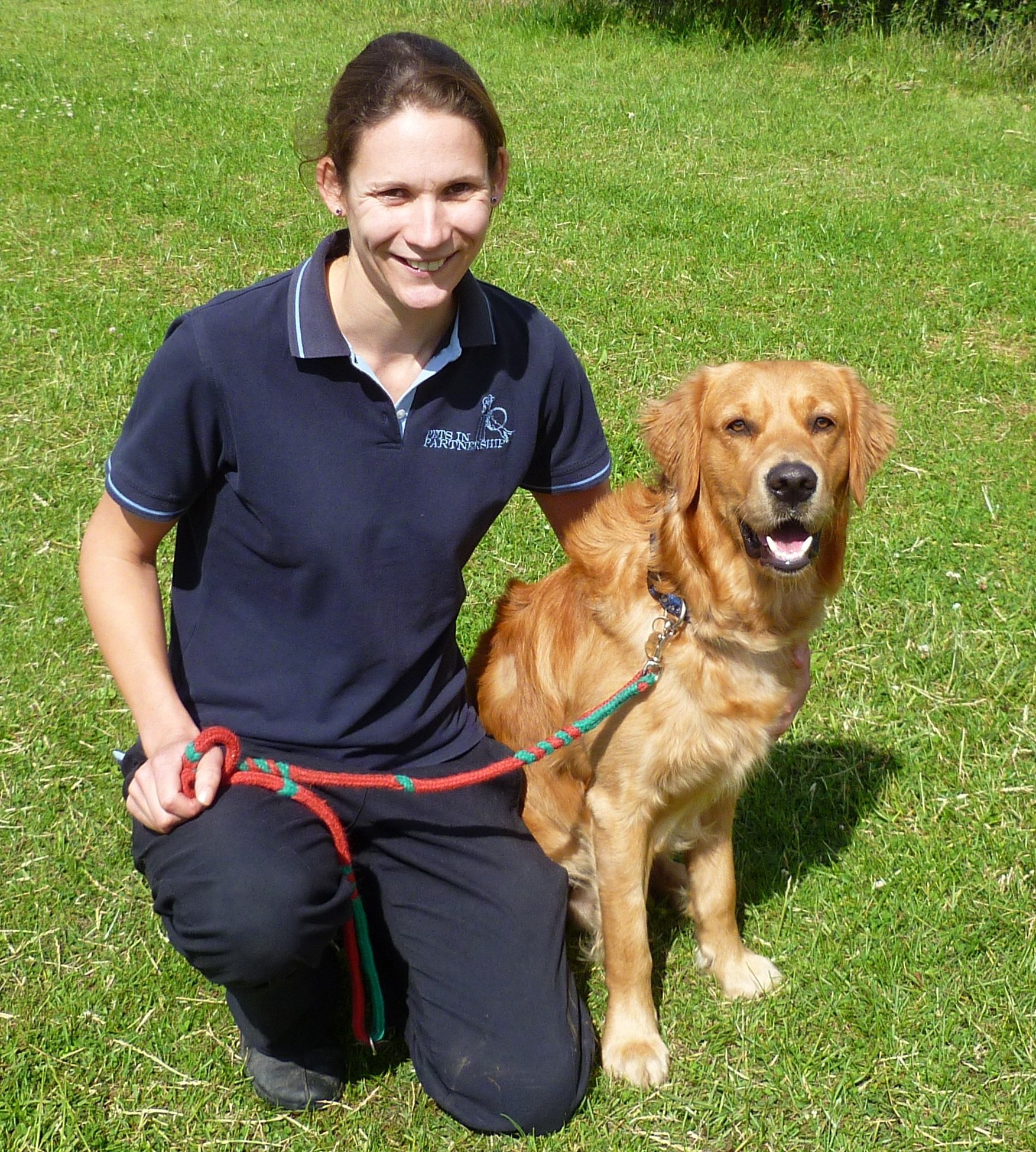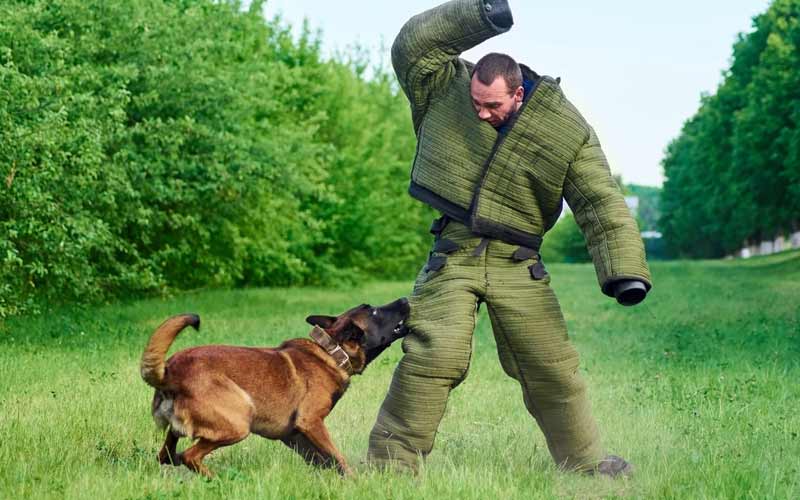The Role of Socialization in Dog Training for Better Behavior
The Role of Socialization in Dog Training for Better Behavior
Blog Article
Newbie's Guide to Successful Pet Training in your home
Efficiently educating a canine at home calls for a nuanced understanding of canine behavior and efficient communication techniques. Establishing clear training objectives, utilizing top notch rewards, and maintaining uniformity throughout member of the family are crucial elements. Integrating training right into day-to-day routines can enhance both interaction and retention. Many novice instructors encounter challenges that might prevent progress. To navigate these intricacies successfully, it's vital to explore a number of key elements that can transform your method and lead to an unified partnership with your animal. What essential concepts should every newbie understanding to guarantee success?
Comprehending Pet Dog Habits
Understanding dog actions is essential for efficient training and fostering an unified relationship in between people and their canine companions. Dogs communicate mainly with body movement, articulations, and facial expressions, making it essential for proprietors to translate these signals accurately. Acknowledging habits such as tail wagging, roaring, or shrinking can give insights right into a pet's emotion and intentions.

Common behavioral issues, such as aggression, stress and anxiety, or too much barking, frequently originate from misunderstandings or unmet demands. Observing and dealing with these concerns immediately can stop escalation and guarantee a positive training experience. By promoting a deep understanding of dog actions, proprietors can customize their training techniques to match their canine companions, eventually bring about a satisfied and mannerly pet dog.
Important Educating Tools
A well-appointed training space can substantially enhance the effectiveness of pet dog training at home. Vital training tools guarantee that both the instructor and the dog can involve in efficient sessions that promote understanding and bonding.

Investing in a sturdy chain and a comfy, well-fitting collar or harness is important for security and control. These tools assist develop limits and guarantee the pet continues to be protected during training. Additionally, an assigned training area, totally free from diversions, aids concentration for both the fitness instructor and the dog.
Educating aids such as training pads, cones, or agility equipment can additionally improve the experience by introducing variety and obstacles. Lastly, having a note pad or electronic app for tracking progression can be invaluable, allowing you to note successes and locations for renovation. Making use of these vital devices will produce a favorable training setting and lay the structure for efficient knowing.
Producing an Educating Regimen
Developing a consistent training routine is essential for reliable pet training in your home. A well-structured routine not only helps in reinforcing desired behaviors however likewise supplies your pet with a complacency and predictability. To create a reliable training regular, start by recognizing particular training objectives, such as basic commands, chain walking, or house-training.
Pick a marked time every day for training sessions, preferably when your canine is receptive and alert. Procedure ought to be short, about 5 to 15 minutes, to maintain emphasis and prevent exhaustion. Consistency in timing and atmosphere will certainly boost your dog's understanding experience.
Include training right into daily activities to strengthen abilities. For instance, technique commands throughout strolls or mealtime, which integrates discovering into natural routines. Additionally, continue to be versatile and readjust the routine as essential, suiting your pet's power degrees and state of mind.
Favorable Support Strategies
Favorable site reinforcement techniques are basic to efficient pet training, promoting preferred actions through incentives rather than penalty. This approach utilizes positive stimulations, such as treats, praise, or play, to encourage pets to repeat certain activities. The keystone of this technique is timing; benefits need to be given immediately complying with the desired actions to develop a clear association.
When executing positive support, it is necessary to select benefits that are inspiring for your canine. High-value deals with, such as small items of chicken or cheese, can be particularly effective throughout training sessions. In addition, varying the benefits can preserve your dog's rate of interest and enthusiasm.
Begin with easy commands, like "sit" or "remain," and gradually development to much more intricate tasks. Uniformity is crucial; ensure that all household members make use of the same commands and reward systems to stay clear of confusion.
In addition, it is crucial to remain individual and prevent stress. Pet dogs, like humans, learn at their very own speed. By cultivating a helpful training setting through favorable support, you can enhance your pet's understanding experience while reinforcing the bond in between you and your hairy buddy, laying the groundwork for effective training outcomes.
Usual Educating Challenges
While educating a pet dog in your home can be a rewarding experience, it usually features a collection of typical obstacles that can evaluate both perseverance and consistency. One widespread problem is disturbance. Canines might end up being conveniently sidetracked by noises, motions, or perhaps scents in their atmosphere, making it difficult to keep their focus throughout training sessions.
One more obstacle is inconsistency in commands and support. If member of the family utilize various signs or benefits, it can impede and puzzle the canine progression. Establishing a unified approach is vital for reliable communication.
Furthermore, canines can experience stress or stress and anxiety, particularly if they do not understand what is expected of them. This can cause undesirable habits, such as barking or chewing.
Finally, the timing of reinforcement is crucial (Dog training). Postponed benefits can decrease the efficiency of positive reinforcement, as pets might fail to connect the habits with the incentive
Getting over these obstacles calls for dedication, clear communication, and a structured training strategy. Recognizing linked here and resolving these usual obstacles will lead the way for a more satisfying and successful training experience in the house.
Verdict
To conclude, successful canine training in the house requires a thorough understanding of canine actions and effective communication techniques. By establishing clear training goals and using top notch deals with alongside favorable support, the training procedure ends up being much more fulfilling for both the pet and the instructor. Consistency, patience, and flexibility are necessary elements that promote understanding. Ultimately, incorporating training into everyday routines improves the bond between pet dog and proprietor, making the experience both productive and pleasurable.
Developing a consistent training routine is vital click reference for efficient dog training at home.Positive support techniques are basic to efficient canine training, advertising wanted habits through rewards rather than penalty (Dog training). By promoting a supportive training setting with positive reinforcement, you can enhance your canine's discovering experience while reinforcing the bond in between you and your hairy friend, laying the foundation for successful training results
In conclusion, effective pet dog training at home necessitates a thorough understanding of canine habits and reliable communication techniques. By establishing clear training objectives and making use of top notch treats together with positive reinforcement, the training process ends up being a lot more satisfying for both the trainer and the pet dog.
Report this page